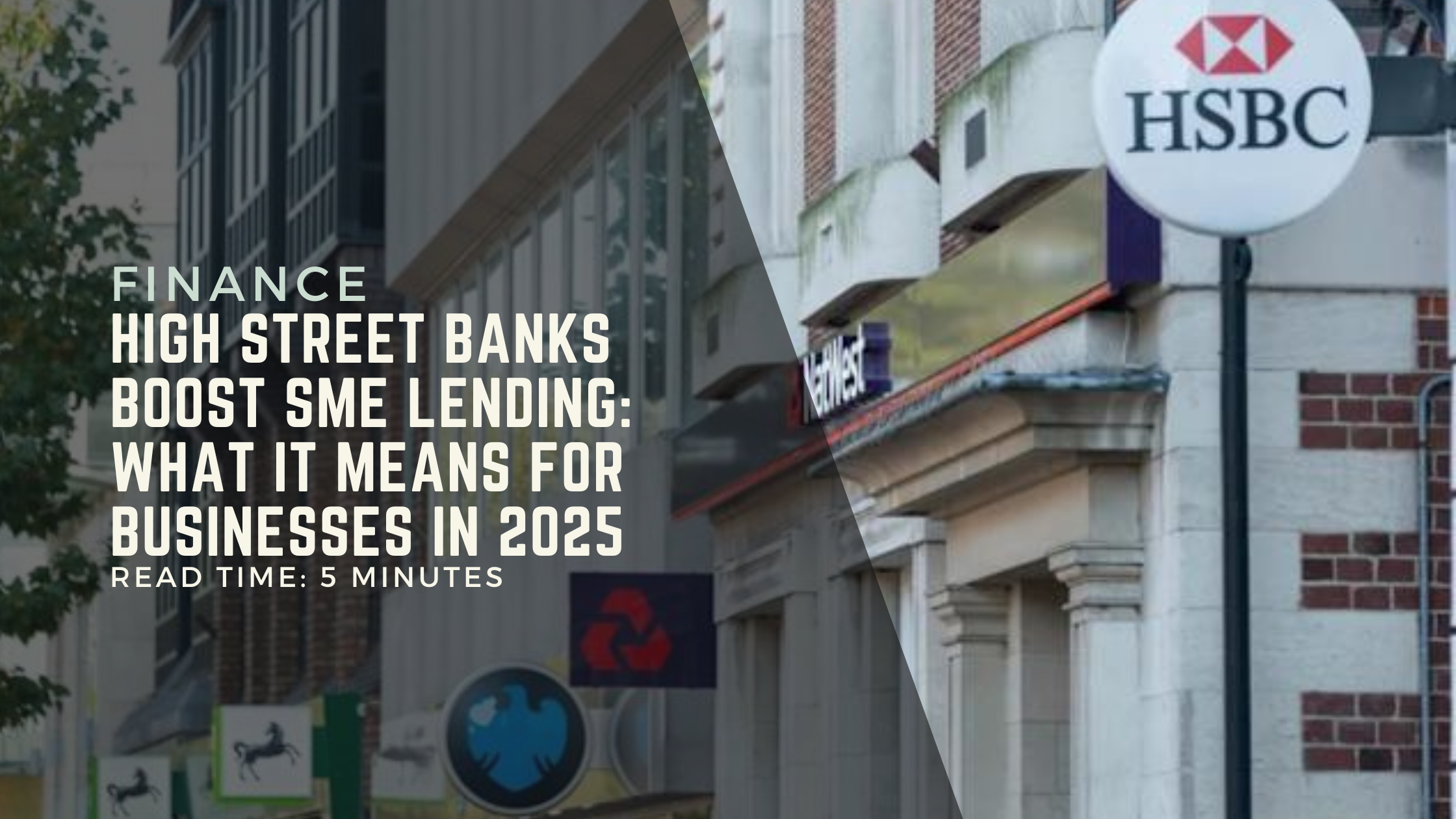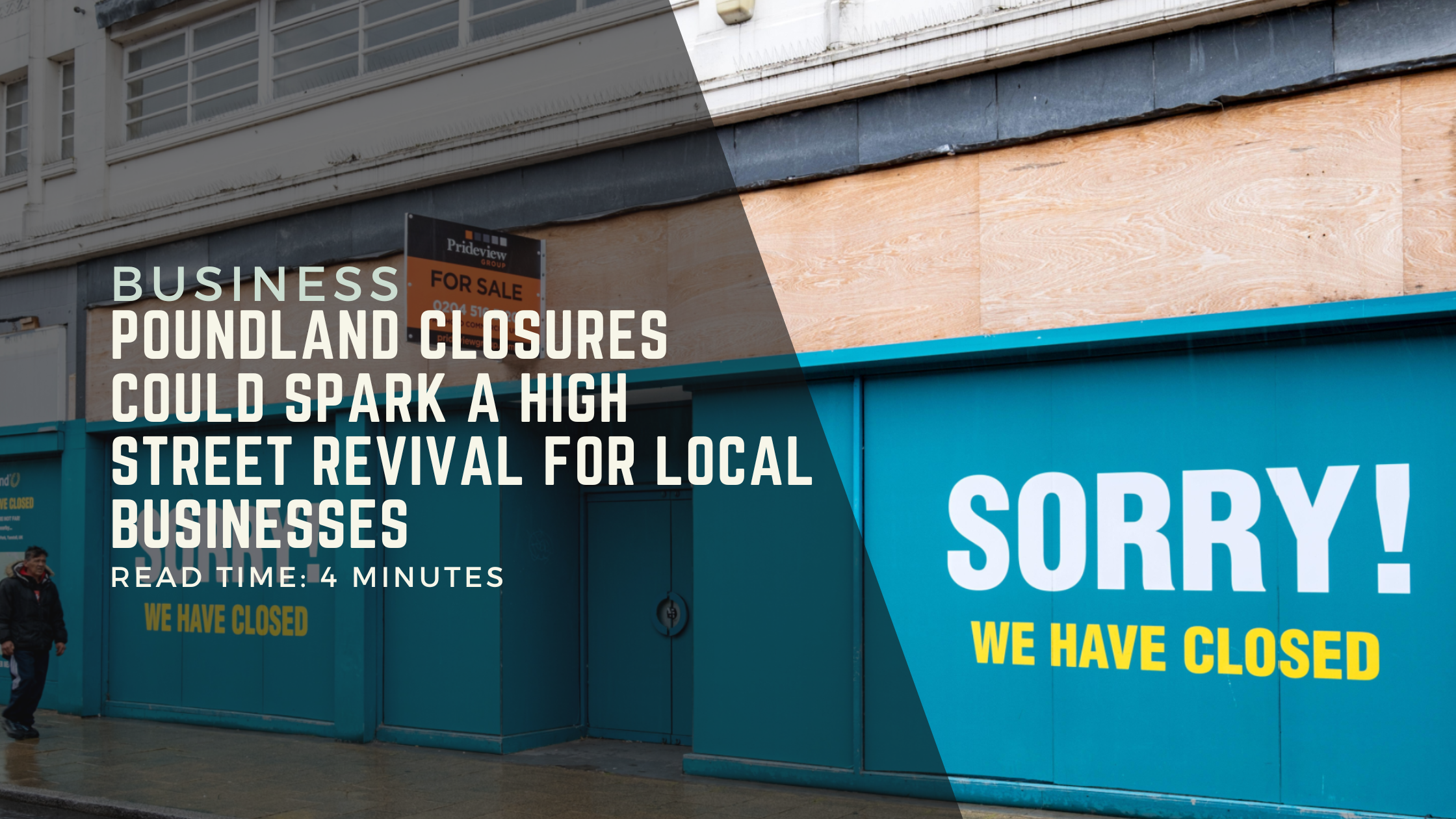Recent data shows that high street banks increased lending to UK SMEs by 30% in Q1 2025, with total loans hitting nearly £4.6 billion, the highest level since mid-2022 (The Times).
On the surface, this looks like a resurgence of mainstream finance for smaller businesses. But as with most lending stories, the reality is more nuanced.
The Reality Check: Who Banks Really Mean by “SME”
When banks refer to “SME lending”, they are often targeting well-capitalised, strong-credit businesses. In practice, this usually means the top 10–15% of SMEs, companies that already resemble large corporates in terms of financial stability.
For many smaller or more stretched firms, tight credit appetite remain a barrier. So while lending volumes are up, access remains selective.
Why This Still Matters for You as a Small Business Owner
Even if your business doesn’t currently qualify for a mainstream bank loan, the trend is clear: credit conditions are loosening.
-
When major banks restart lending, challenger banks and alternative lenders often follow suit, relaxing their own restrictions.
-
This “ripple effect” can make finance more accessible across the market, including for businesses that wouldn’t pass a big bank’s strict credit model.
In short: even if you’re not a direct beneficiary of the lending surge, you are likely to benefit from the wider easing of finance conditions.
Smart SMEs borrow when their numbers are strong.
-
Apply while you’re strong: A healthy order book, stable margins, and clean accounts all improve your chances of approval.
-
Prepare for the future: Use today’s credit access to cover tomorrow’s pinch points or upcoming investment.
-
Negotiate better terms: Lenders give stronger businesses better pricing, higher limits, and more flexible repayment.
As the old saying goes: “The best time to borrow is when you don’t need it.”
SME Market Insight: Confidence Is Returning
According to NatWest’s most recent Mid-Market survey, UK firms are reporting improved order books and easing cost pressures, the fastest growth in activity since 2022 (NatWest Group).
This business confidence, paired with easing bank lending, creates a supportive backdrop for SMEs planning to expand, invest, or stabilise.
How Challenger Banks and Alternative Lenders Respond
It isn’t just the high street banks shaping the lending landscape. Challenger banks and fintech lenders typically adjust their criteria once they see mainstream banks easing credit.
-
Challenger banks often compete by offering faster turnaround times and greater flexibility on collateral requirements.
-
Alternative lenders continue to push digital-first solutions, offering invoice finance, revolving credit facilities, and merchant cash advances with quicker approvals.
For SMEs in 2025, this creates a more competitive lending environment where businesses can compare multiple offers and push for better terms.
Real-World Example: Timing Matters
Consider two businesses:
Company A
Applied when cashflow looks squeezed.-
Weak looking liquidity, close to overdraft limit.
-
Recently taken on new liabilities, putting pressure on balance sheet.
-
Full accounts may show profit, but bank statements show strain.
-
Has not yet realised revenue from recent purchases, creating a low ROA and ROCE.
Company B
Applied when finances are strong.-
Trend of turnover rising, with surplus retained capital.
-
Existing liabilities showing no sign for cashflow concern.
-
Full accounts show profit, and bank statements support this fact, demonstrating a pattern of profit.
-
Strong ROA and ROCE ratios that can be applied to investments this capital will enable.
The difference? Timing. Company B borrowed when it looked its strongest, and now has cash available to ride out a downturn or seize an opportunity.
Practical Next Steps for SMEs
If you’re considering finance in 2025, here’s a practical framework:
-
Review your numbers: Ensure management accounts are up-to-date and show strength.
-
Speak to dozens of lenders: Compare terms from high street banks, challengers, and alternative finance providers. (We do this part for you – get in touch!)
-
Align finance with strategy: Borrow for growth, investment, or working capital, not just as a stopgap.
-
Lock in early: Secure funding before you need it, especially if planning contracts, new sites, or expansion.
How We Help SMEs Secure the Right Finance
Navigating today’s lending market can be time-consuming and confusing, especially when every lender has different risk models, criteria, and rates. That’s where a specialist finance broker makes the difference.
By working with us, SMEs gain:
-
Access to multiple lenders: We compare high street banks, challenger banks, and alternative finance providers on your behalf.
-
Higher approval odds: We understand what lenders are really looking for and present your business in the best light.
-
Better terms: Our relationships with lenders mean we can often secure more competitive rates and flexible structures than going direct.
-
Time saved: Instead of knocking on doors and risking rejection, we fast-track you to the right funding options.
FAQs: SME Lending in 2025
No, most approvals still go to stronger, well-capitalised SMEs. But the trend indicates wider easing across all lenders. Now is a good time to look for funding.
No, you’ll get better terms if you apply while your accounts look strong. Borrow before the pinch point.
It depends. High street banks usually offer lower rates while being extremely selective at a very slow-speed, while alternative lenders provide fast, flexible, and innovative products. We help compare the right fit.
We can assess your accounts and match you with lenders most likely to approve, saving you wasted applications and needless searches on your credit record where applicable.
The Bottom Line
Most SMEs won’t suddenly find banks rolling out red carpets. But the tide is turning. High street banks lending again signals wider credit availability, and SMEs that act early can lock in favourable terms.
The lesson is clear: borrow when you look your strongest, not when your cash has run dry.
For mid-market SMEs, 2025 could be the year to shore up funding and position for long-term growth.









